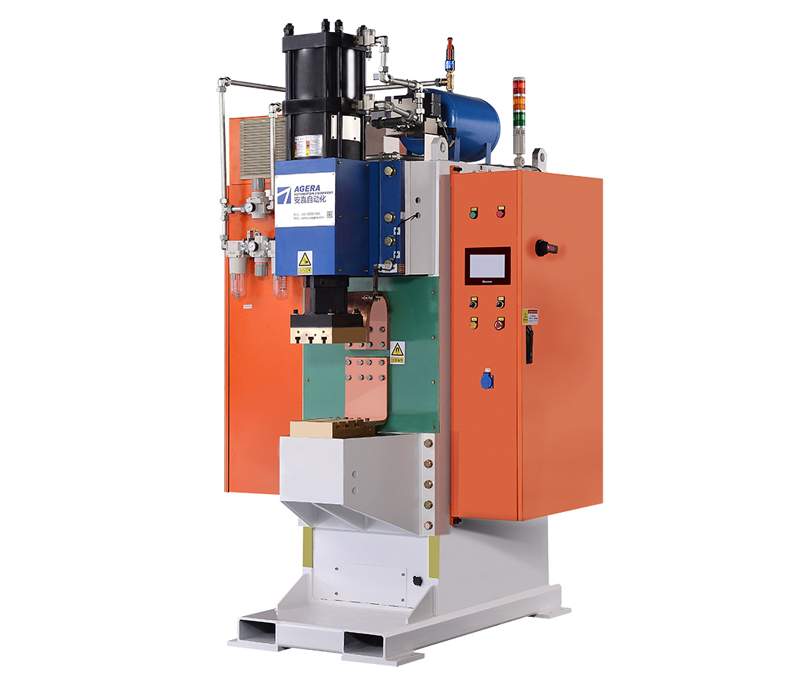Capacitor Discharge (CD) spot welding machines are widely used for their efficiency and precision in joining metal components. However, like any complex machinery, they can experience various malfunctions. This article delves into the common problems encountered with CD spot welding machines and provides practical solutions to address these issues.
Common Malfunctions and Solutions:
- Insufficient Weld Strength: Issue: Welds not achieving the desired strength, resulting in weak joints. Solution: Adjust welding parameters such as current, time, and pressure to optimize weld strength. Verify electrode alignment and surface cleanliness.
- Electrode Sticking or Seizing: Issue: Electrodes sticking to the workpiece or not releasing after welding. Solution: Check electrode alignment and lubrication. Ensure proper electrode dressing and cooling.
- Weld Splatter or Spatter: Issue: Excessive molten metal ejected during welding, leading to spatter around the weld area. Solution: Optimize welding parameters to minimize spatter. Adequately maintain and clean electrodes to prevent buildup.
- Inconsistent Welds: Issue: Weld quality varies from joint to joint. Solution: Calibrate the machine to ensure uniformity in welding parameters. Verify electrode conditions and material preparation.
- Machine Overheating: Issue: The machine becomes excessively hot during operation, potentially leading to malfunctions. Solution: Ensure proper cooling by cleaning cooling systems and adjusting duty cycles as needed. Keep the machine in a well-ventilated environment.
- Electrode Pitting or Damage: Issue: Electrodes developing pits or damage over time. Solution: Regularly maintain and dress electrodes. Monitor and control electrode force and pressure to prevent excessive wear.
- Inaccurate Weld Positioning: Issue: Welds not placed accurately on the intended joint. Solution: Verify electrode alignment and machine positioning. Utilize appropriate jigs or fixtures for precise weld placement.
- Electrical Malfunctions: Issue: Electrical components malfunctioning or erratic behavior of the machine. Solution: Regularly inspect and maintain electrical connections, switches, and control panels. Address any signs of loose connections or damaged wiring.
- Arcing or Sparking: Issue: Unintended arcs or sparks occurring during welding. Solution: Check for proper electrode alignment and insulation. Ensure the workpiece is securely clamped to prevent arcing.
- Machine Calibration Issues: Issue: Welding parameters consistently deviating from the set values. Solution: Calibrate the machine according to the manufacturer’s guidelines. Update or replace any faulty sensors or control units.
Encountering malfunctions in a Capacitor Discharge spot welding machine is not uncommon, but with proper troubleshooting and maintenance, these issues can be resolved effectively. Regular inspection, adherence to recommended maintenance schedules, and proper operator training are essential to ensuring the optimal performance and longevity of the machine. By promptly addressing and resolving common malfunctions, you can maintain consistent weld quality and productivity in your welding operations.
Post time: Aug-10-2023








